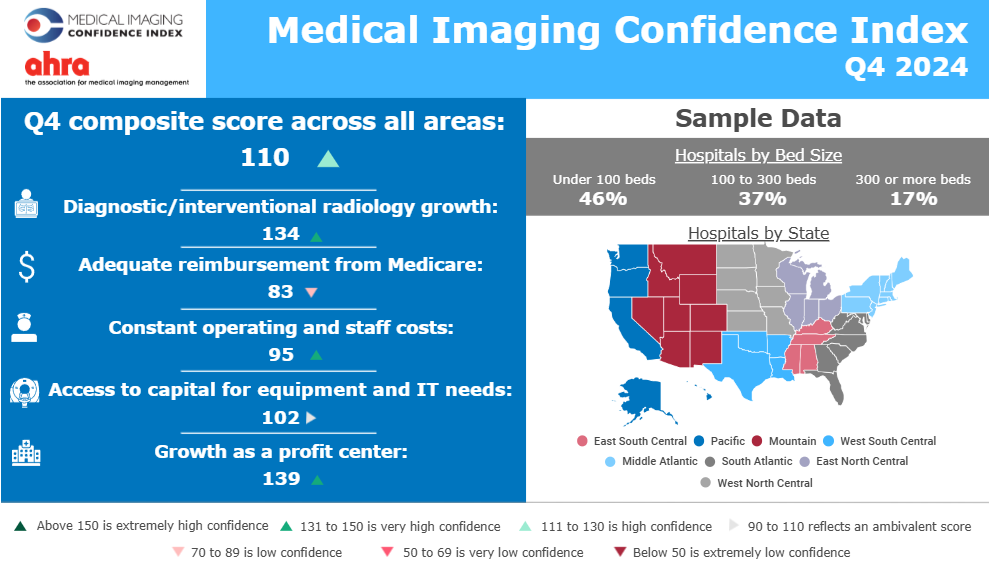MORE DEMAND THAN HEART DONORS
Share this article:
While heart transplant (HTx) remains the gold standard, currently, only 10-30% of patients’ needs are met. Although those that are able to receive HTx have a 1-year survivorship of 85-90%, and post successful transplant, patients will survive 25 to 30 years [Standford Paper] there are still significant challenges. The main problems are the shortage of donor hearts for transplant, and only 30% of hearts being accepted for transplantation.
According to U.S. Department of Health & Human Services, there were a total of 3761 heart donors in 2020. Although, the heart transplant procedures per million have increased from 7.1 in 2008 to 10.9 in 2019 , the waitlist continues to grow. In the UK, 172 HTx in 2019-20 and 183 in 2018-19, while the waitlist was at 336 and 288 for those respective years .
To make matters worse, the demographic shift in developed markets towards older patients indicates that the number of potential recipients with heart failure is expected to grow more rapidly than the potential population of younger eligible heart donors.
Thus, the more prevalent options available for heart failure patients includes a variety of Mechanical Circulatory Support (MCS) devices, which were originally developed as part of the National Heart, Lung and Blood Institute’s “Artificial Heart Program” in 1964. These MCS devices for long-term implantation to support cardiac function, have evolved to be a viable alternative for patients with advanced heart disease and cardiac failure. Yet, can the mechanical devices intended to assist or replace a patient’s cardiac function while they await a donor heart for implantation, help reduce or even eliminate this shortage?
Current Devices and Challenges
Devices range from the most common Left Ventricular Assist Devices (LVADs) to the less common Total Artificial Heart (TAH). Globally, current leading technologies approved for implantation include Medtronic’s Heartware and Abbott/StJude/Thoratec’s HeartMate ventricular assist devices (VADs) and the Syncardia Total Artificial Heart (TAH). These devices may support heart function temporarily as a Bridge-To-Therapy (BTT) until a transplant becomes available or, increasingly, as a Destination Therapy (DT). As tracked in the Interagency Registry for Mechanically Assisted Circulatory Support (INTERMACS) of FDA-approved MCS devices, in 2017 current generation devices were being implanted at a rate of about 2500 implants per year plus those devices enrolled in ongoing clinical trials. Overall survival rates were over 80% at one year and 70% at two years [2017 INTERMACS]. One and two-year survival with latest generation LVAD devices (HeartWare in ReVOLVE trial, HeartMateIII) is now comparable to heart transplant at up to two years. [Interviews, and Kirklin JK, Naftel (23 from Prinzing JTD article)]. As physicians achieve constantly improving surgical success and their patients show improved quality of life and lengthening survivorship, the strategic distinction between BTT and DT has begun to disappear. Currently, over 50% of continuous flow implants are implanted with a strategy of DT [2017 INTERMACs].
While most surgeons view VAD as the best alternative to HTx for most patients, there remain indications for Total Artificial Hearts (TAH). At less than 2% of circulatory support device implantations - compared to nearly 25,000 VADS, a total of about 400 TAH have been implanted, - surgical complications during transplant and total failure of the heart (both left and right) may counter-indicate the use of an LVAD and require the need for a TAH implantation.
However, there is limited data on devices like, Total Artificial Heart and Bi-Ventricular Assist Device . The literature shows that pooled data analysis was limited by the lack of randomized controlled trials or cohort studies comparing outcomes of TAH and BiVAD. Yet, a limited study shows that TAH seems to confer a better one-year survival rate in a bi-ventricular failure patient, especially in sicker patients with planned RVAD.
According to Dr. Francisco Arabía, since the reported LVAD outcomes are better, people assume they are better for everyone, but this is a fallacy. The LVAD companies promote their devices as the one appropriate solution, but LVAD indications tend to select candidates from InterMACS Profile 3 or 4 patients, those that have functioning right ventricles and overall better health. However, InterMACS Profile 1 and 2 patients, the sickest, are more often selected as candidates for the TAH. Those sicker patients with failing left and right ventricles most often cannot be treated adequately with an LVAD. While LVADs will meet the needs of the 70+% of heart failure patients with left ventricular disease, up to 30% of patients need bi-ventricular total heart support. Their alternatives if no donor heart is available include either two LVADs, or a TAH. While currently approved LVADs are reliable, with fatal device malfunction occurred in only 3.5% of implantations [Prinzing, JTD], current adverse events include device thrombosis, stroke, infection, and GI bleeding. Using an additional VAD device to support right heart function means dual drive lines, two controllers, and additional power requirements, with nearly double the complication rate. Current survival for bi-ventricular support solutions is comparable to TAH, and is currently at <60% at 12 months. With this prognosis, while the survival with a TAH far surpasses the terminal alternative of hospice care and palliative treatment, there is significant room for improvement for these sickest patients.
Predictions For Next-Gen MCS devices
For VADs to better fill the shortage of donor organs, they will need to further reduce complications, particularly drive-line infections, thrombosis, and short untethered times. The clinical trials for the Heartware and, particularly, the HeartMate3 LVADs are very promising for greater use of these devices as destination therapy with improved quality of life, fewer side effects and improved survivorship. Surgeons believe that the upcoming generation of LVADs currently in clinical trials have mostly addressed the problem of device thrombosis. Currently there are a few studies in progress regarding Heartware.
The Apogee study which is a prospective, observational, post-market, on-label, multi-site study in Destination Therapy patients, sponsored by Medtronic, aims to enhance understanding of the implant procedure, optimized blood pressure management, and anticoagulation therapy in patients receiving a Medtronic HeartWare™ Ventricular Assist Device (HVAD™).
The MOMENTUM3 clinical trials sponsored by Abbott, showed that the HeartMate 3 fully magnetically levitated centrifugal-flow pump was superior to the HeartMate II axial-flow left ventricular assist system with respect to survival free of disabling stroke or re-operation to replace or remove a malfunctioning device. In addition to reducing the need for pump replacement (mostly for pump thrombosis), the centrifugal-flow pump was associated with a lower incidence of either ischemic or hemorrhagic strokes of any severity and fewer bleeding events.
For the sickest patients that cannot be matched with a donor heart, developments in Total Artificial Hearts continues with the evolution of the Syncardia Jarvik7 series and new upcoming devices like the Carmat, Reinhart, and Cleveland Clinic products.
Looking Ahead
Yet, the greatest progress may come from improvements in training of the healthcare provider team and medical economics when considering QALY metrics. Cardiologists, primary care physicians, and caregivers need to be trained to, first, more quickly refer patients to heart failure specialists . In the latest article in the Journal of Heart Diagnostic and Transplantation, the outcomes based on INTERMACS Profiles could be better with increased center experience and understanding of physiology, patient selection.
The new INTERMACS profiles and outcomes of ambulatory advanced heart failure patients is a prospective observational study of 400 outpatients from 21 MCS and cardiac transplant centers. It concluded that among ambulatory patients with advanced HF, a lower INTERMACS profile was associated with a greater burden of HF across multiple dimensions and a higher composite risk of durable MCS, urgent transplant, or death. These profiles may assist in risk assessment and triaging ambulatory patients to advanced therapies.
Second, the healthcare team for recipients of these devices will need to better understand management of patients with Mechanical Circulatory Support. Without pulsatile flow, what is a ‘healthy’ blood pressure? With high flow from an effective pump, is an otherwise low hematocrit acceptable? How does a nursing home or hospice provider qualify a patient with an implanted LVAD or TAH? Then, from the economic perspective, the procedure and complication costs are currently so high that even if the device is provided free of charge, the costs do not meet the $100k/QALY often considered a threshold by medical economists.
It is expected that with better success and greater numbers of LVAD implantations, both the expertise and economics will improve for those patients that can be treated with only left heart support. For the sickest INTERMACS profile 1, 2 and 3 patients, significantly greater investment is needed for the development of TAH technology to move beyond the aging Jarvik-style device. This investment will likely need to come from a government-level initiative, since the economics of TAH today cannot justify the economic needs of for-profit business concerns and investors. Current technology developments for mechanical circulatory support provide hope for patients suffering from heart failure; however, healthcare system economics will need to catch up to the engineers and surgeons.
Sources
https://www.statista.com/statistics/265129/rates-of-transplants-in-the-us/
https://nhsbtdbe.blob.core.windows.net/umbraco-assets-corp/18279/annual_stats.pdf
https://www.sciencedirect.com/science/article/abs/pii/S1053249820311761




